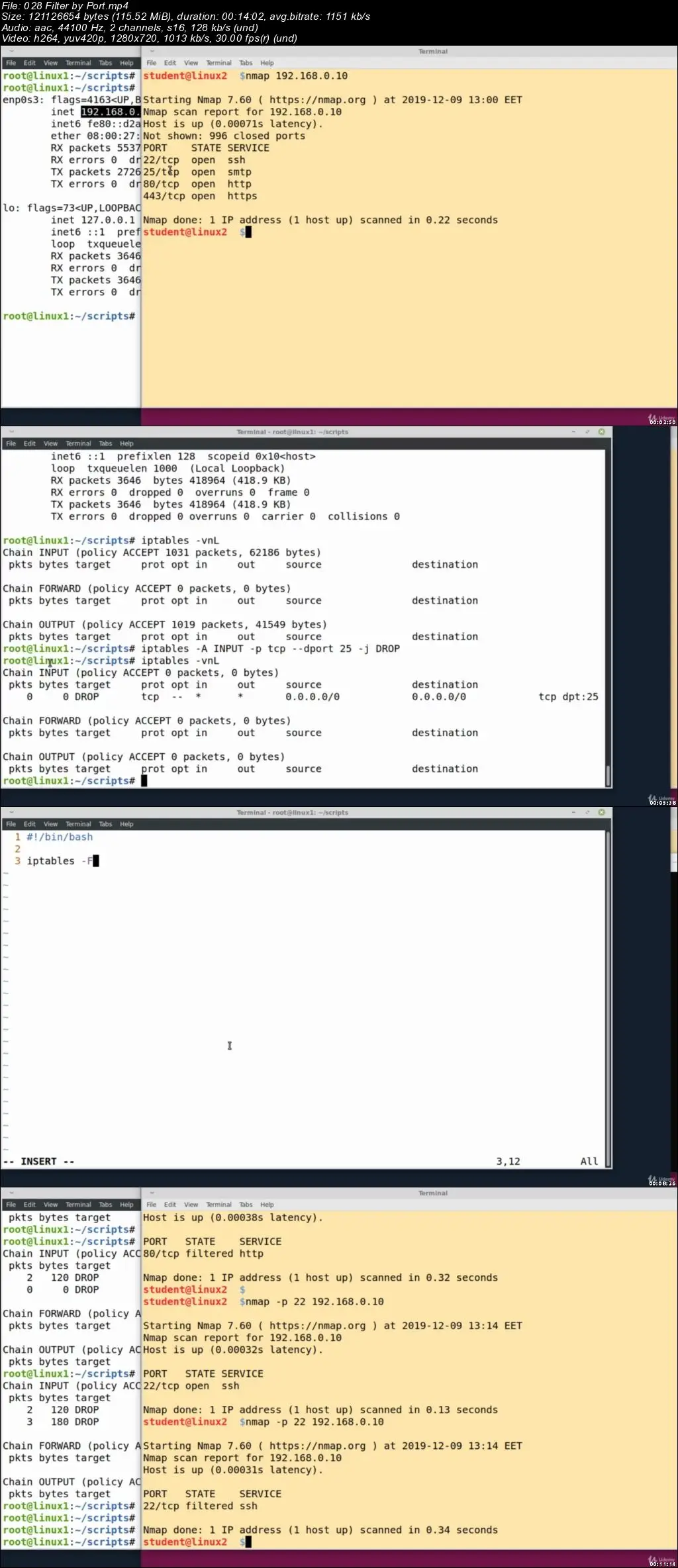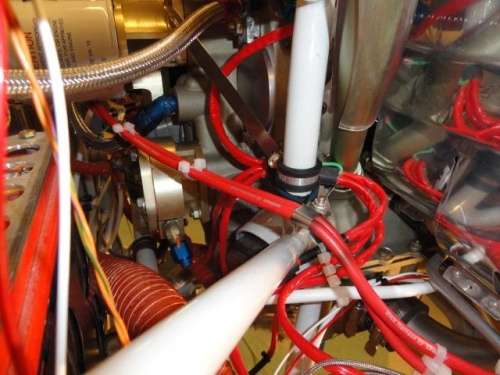


At this point, you can notice that all chains are set to ACCEPT and have no rules. You will now have the Linux firewall installed. Pkts bytes target prot opt in out source destinationĬhain FORWARD (policy ACCEPT 0 packets, 0 bytes)Ĭhain OUTPUT (policy ACCEPT 0 packets, 0 bytes) Below is the example output: Chain INPUT (policy ACCEPT 0 packets, 0 bytes) Here, the -L option is used to list all the rules, and -v is for showing the info in a more detailed format. Check the status of your current iptables configuration by running:.Execute the following command one by one:.If you don’t know, you can read our SSH tutorial. However, if you don’t have it in Ubuntu/Debian system by default, follow the steps below: Iptables comes pre-installed in most Linux distributions. Lastly, we will guide you to make persistent changes in iptables.
IPTABLES FIREWALL BUILDER MANUAL INSTALL HOW TO
Secondly, we are going to show you how to define the rules.
IPTABLES FIREWALL BUILDER MANUAL INSTALL INSTALL
First, you will learn how to install the tool on Ubuntu. We will divide this iptables tutorial into three steps. How to Install and Use Iptables Linux Firewall If you want to set up a firewall for the ipv6 protocol, you will need to use ip6tables instead. Important! iptables rules only apply to ipv4. If you own Hostinger VPS, you can get the SSH login details on the Servers tab of hPanel. You can establish the connection through PuTTY (Windows) or terminal shell (Linux, macOS).


 0 kommentar(er)
0 kommentar(er)
